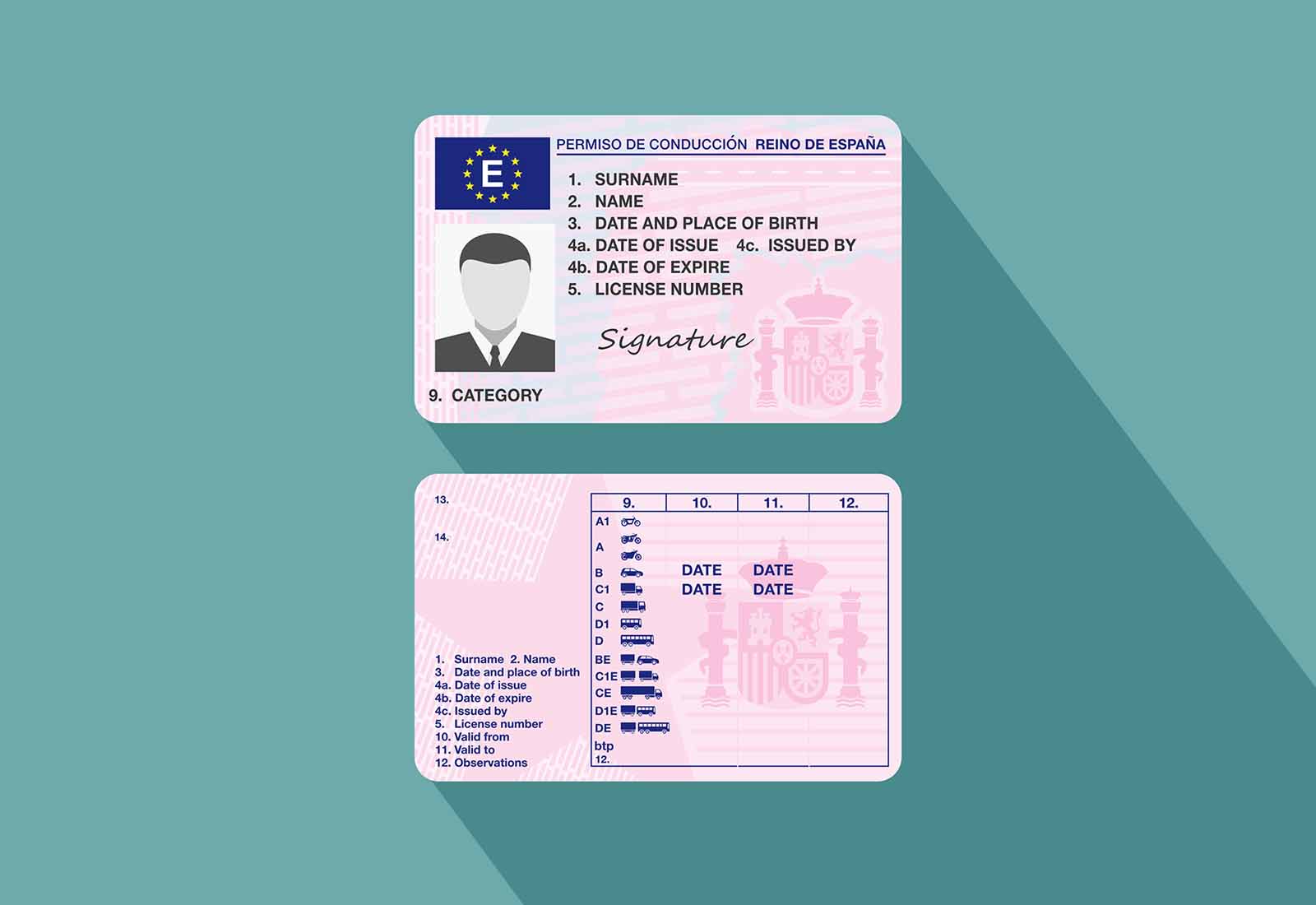Whether you are a new driver or have been driving for years, the series of letters and numbers on the back of your driving licence can be confusing. These codes are more than just random assortments of characters; they carry significant information regarding your driving privileges and restrictions.
For any driver navigating Spain’s roads, understanding these codes is essential. It helps ensure compliance with transportation regulations and prevents any misunderstandings. Let's delve into what these driving licence codes mean, their importance, and what happens if you don’t follow them.

What are Driving Licence Codes?
Driving licence codes are standardised identifiers applied across the European Union, including Spain. These codes are assigned either during the licence issuance process or afterward, typically following a medical assessment or other evaluations. They offer a vital means to communicate specific limitations, adaptations, or conditions related to both the driver and the vehicle they are authorised to operate.
What Do the Codes on a Driving Licence Mean?
These codes cover a range of scenarios, from vehicle types to necessary adaptations for drivers with disabilities. Below, we provide a detailed explanation of various driving licence codes you may encounter on your Spanish driving permit:
Administrative Codes
- 70: Permit exchange number. This code is used when a driving licence is exchanged between countries, with an example being
70.0123456789.NL, indicating an exchange with the Netherlands.
- 71: Duplicate permit number, such as
71.987654321.HR for a duplicate issued in Croatia.
- 72: Restriction to driving only category A vehicles with a maximum cylinder capacity of 125 cm³ and a maximum power of 11 kW (A1).
- 73: Limitation to driving only category B tricycle or motor quadricycle type vehicles (B1).
- 74: Restricted to category C vehicles whose maximum authorised mass does not exceed 7500 kg (C1).
- 75: Limitation to driving category D vehicles with no more than 16 seats, excluding the driver's seat (D1).
- 76: Restriction to category C vehicles (maximum mass 7500 kg) towing a trailer exceeding 750 kg, provided certain conditions are met (C1+E).
- 77: Restricted to driving category D vehicles with up to 16 seats (excluding the driver's seat) towing a trailer over 750 kg, given specific criteria are met (D1+E).
Adaptation Codes
- 78: Limited to vehicles without a clutch pedal or manually operated lever for motorcycles.
- 79: Restricted to vehicles meeting specified requirements under EU legislation.
- 90.x: Adaptations related to the controls of the vehicle, such as
90.01: to the left for a hand control on the left.
- 95: Indicates a driver has passed an aptitude test under the professional competence requirements, valid for a certain period.
- 96: Signifies that the driver has completed full training or passed an aptitude and behaviour test.
National Codes
These codes pertain specifically to regulations within Spain:
- 101: Applicable to class D and D + E licences, limiting driving buses to routes within a certain radius.
- 105: Administrative speed limits imposed on the driver:
- 70 km/h
- 80 km/h
- 90 km/h
- 100 km/h
- 106: Pertains to the date of the first licence issue for various scenarios, like military or police licence exchanges.
- 107: Category AM licences limited to three-wheeled vehicles and lightweight quadricycles.
- 200: Requires the licence holder to carry documentation issued by the Provincial Traffic Department outlining conditions for vehicle use.
- 201: The licence is not valid without an accompanying document detailing suspension periods.
- 202: Restricted to driving certain police vehicles and buses, valid until a specific date.
Importance of Compliance
It is crucial to adhere to the conditions and limitations indicated by these codes. Failing to comply is considered a serious offence under Spanish law and can result in a fine of up to €200. According to Article 3 of the General Regulations for Drivers, "the holder of a driving permit or licence, as well as any other authorisation or document that enables driving, must adhere to the mentions, adaptations, restrictions, and other limitations relevant to the person, vehicle, or traffic conditions specified on the licence."
In conclusion, driving licence codes are a pivotal aspect of the driving regulatory framework in Spain and the broader European Union. They ensure that drivers operate within the boundaries of their capabilities and that vehicles are used safely and appropriately. Taking the time to understand these codes can help avoid legal hassles and ensure a smoother driving experience.